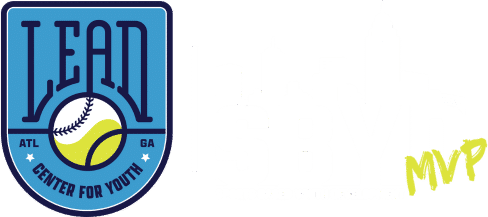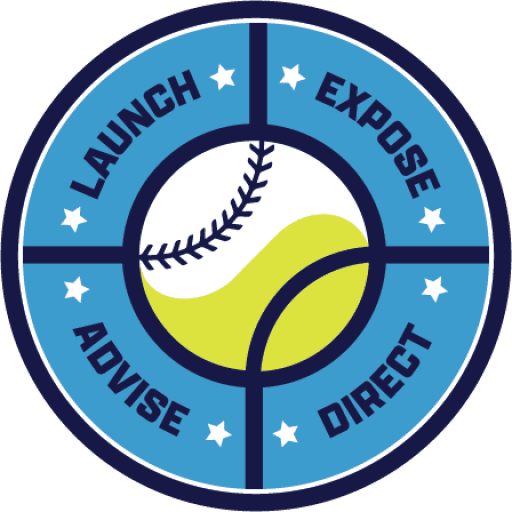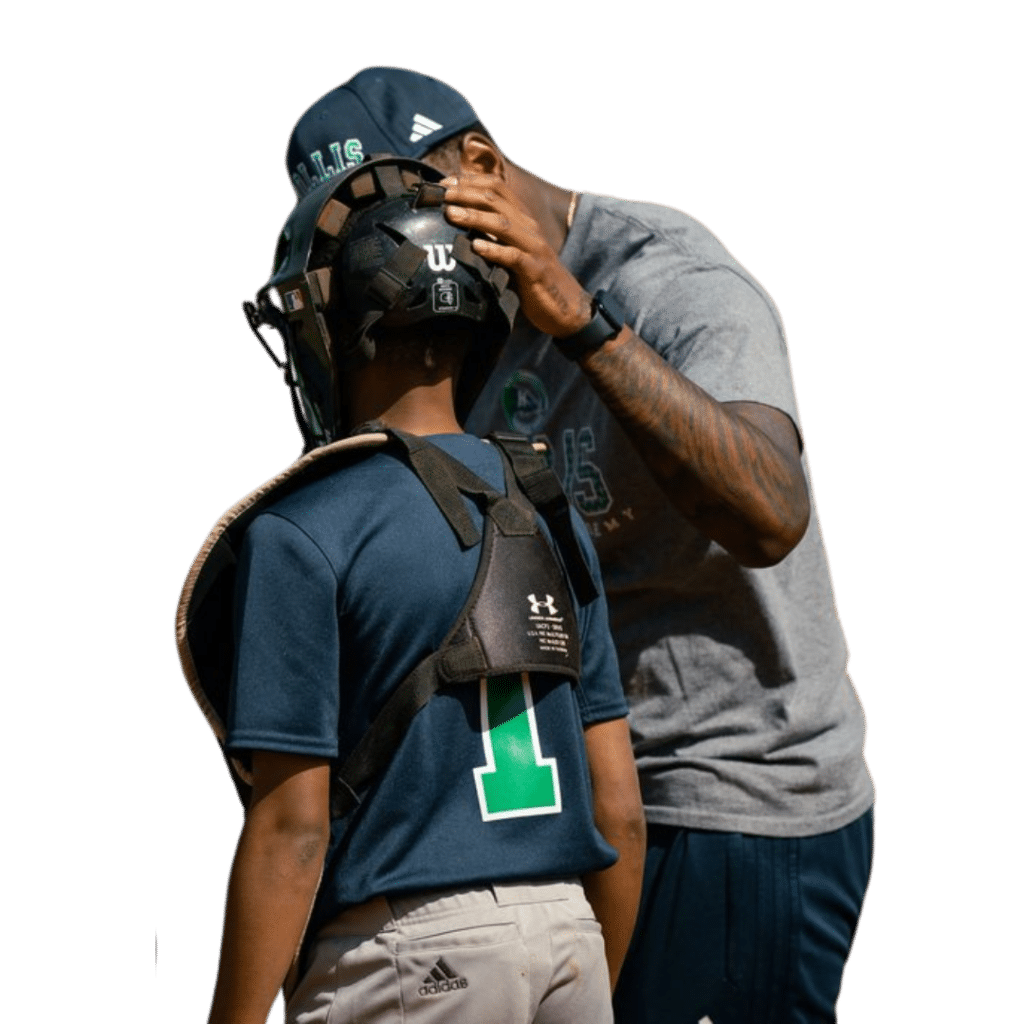As we face the different obstacles along the journey of leading our young men from being hopeless to hopeful, there are small things that happen to encourage, energize and reassure us that we are indeed doing what’s good for baseball and our communities.
The “small thing” today came from a Kennesaw State student, Jeff Brown, who selected L.E.A.D. as his volunteer project for his Education major. Please take a moment to read Jeff’s reflection.
|
Jeff Brown at Parks Middle School baseball practice
|
My field experience was with the L.E.A.D. organization located in Atlanta. This is a nonprofit organization that is committed to having a significant impact on the number of inner city middle and high school students athletes playing competitive baseball to prepare them for college baseball scholarships. L.E.A.D. stands for Launch, Expose, Advise, Direct. The purpose of this organization is to get young African Americans involved in baseball in order to teach and develop them not only as a baseball player, but as a person in order to get them a college scholarship. The three basic programs that L.E.A.D. provides are the Middle School Baseball Development League, the Legacy Baseball Instructional League, and the Ambassador Program. I worked with the Middle School Baseball Development League and was connected with Coach Ford at Parks Middle School. This school is located in downtown Atlanta and is part of the Atlanta Public School System.
Mrs. Stewart, who was my contact, let me know that I could best serve the organization by assisting with the team at this school and put me in contact with Coach Ford. Coach Ford introduced me to the team as Coach Brown, and I worked with the fifteen seventh and eighth graders at their practices on Monday afternoons. I worked with the pitchers during each practice, teaching them the proper mechanics of throwing both from the wind up and stretch. I also taught them how to properly pick off to each base and was able to teach a new pitch to the more advanced pitchers on the team, the change-up. I also helped out in other skills during practice such as fielding ground balls, catching fly balls, and hitting the ball. During one intra-squad scrimmage at practice I pitched to the players. I basically did whatever Coach Ford needed me to do because he planned out the practices and had his itinerary in mind when making the schedule, so I helped out in whatever he needed me to do. I felt right at home with a glove on my left hand and a baseball in my right. I was a little apprehensive at first just driving to the school based on the community and neighborhood, but once I got introduced to the guys and we started practicing, I felt right at home.
I expected that this experience would be one where I kind of helped out a little bit, not with anyone in particular, but just some pitching help with a variety of players. But with the L.E.A.D. organization having me go to the same school, with the same players and coaches every week, I was able to develop a relationship with some of the players and definitely with Coach Ford. As I taught him things about baseball, he was there teaching me how to lead young men and giving me tips on excelling as a teacher. Coach Ford actually even brought his son and two of the players out to a Kennesaw State game against Georgia State, where they were able to see me pitch. I was also able to develop relationships with those higher up in the organization such as the CEO, C.J. Stewart, who wants me to come out anytime I have an opportunity to join in with any events they host. So overall, I wasn’t expecting to make the connections and develop the relationships that I was able to do through this experience.
The first assumption that I brought in was that they would be practicing at a baseball field, but I was proved wrong. This blew my mind because for as long as I’ve been playing baseball, basically every practice that I’ve been a part of has taken place on a baseball field. These students had to practice on a not very well kept field that needed bases to be put out to make it a field. Even though they didn’t have a baseball field, they were able to get the things done that they needed to get done in order to improve their skill during practice and get ready for the games on Saturdays. I also assumed that the students would be further advanced in their baseball skill level. My thinking was that they have probably played in the past in local youth leagues, but I found out quickly that we would have to go back to the basics in order for these players to be successful and not give up. I also assumed that they students would have their own gloves and maybe even bats, but I learned that most of them don’t have the money to purchase a glove and rely on the organization to supply gloves and everything else.
I used to be under the impression that not very many African Americans play professional baseball because they don’t have the desire to play it at a high level, but through this experience I’ve learned that’s not the case. Many African Americans love the game of baseball, but are unable to play the sport due to the lack of community based opportunities as well as the potential costs for the sport. By offering these opportunities in not only Atlanta, but many of the major cities around the United States, I believe that we can raise the number of African Americans that play major league baseball, and it all starts with creating these opportunities.
Three big ideas related to diversity that I found through this experience would be:
1– Regardless of the diversity of the group, sports can bring people together. In my case, I was able to meet up with a group of students and coaches that I normally wouldn’t have come across and develop relationships with. We all came from different places, different families, and different communities, but were able to come together to achieve a common goal through the sport of baseball.
2– Being engulfed in a diverse setting makes you, as a teacher, find ways to communicate so that the students can understand. We talked in class about being able to communicate to the students is key in helping them learn, so in a diverse setting, or one that is out of the ordinary, it is important to find a common language. I was able to help the students by not talking as much and more showing the students how to perform certain skills. I was able to communicate in a non-verbal way to the students and those that were visual learners were able to pick up the skill more clearly than if I would have just told them.
3– Find a way to relate things to the task at hand to what the students have grown up learning about in their culture. For me this meant taking some of the skills in baseball and explaining how they might have used the skill in another sport such as football or basketball. When working with the outfielders, I was able to do some drills that are similar to football defensive back drills by having them move sideways, forward, and backwards to catch balls in the air. By relating this skill to something that they have seen and been a part of during their youth sports, there attentiveness increased and it looked like they were having fun.
This was a great experience for me to be part of and I enjoyed every minute of it. I hope that the people that I worked with were able to learn as much from me as I did from them. I look forward to hearing how the team does in the playoffs and am going to try to make it out to their game on Saturday



